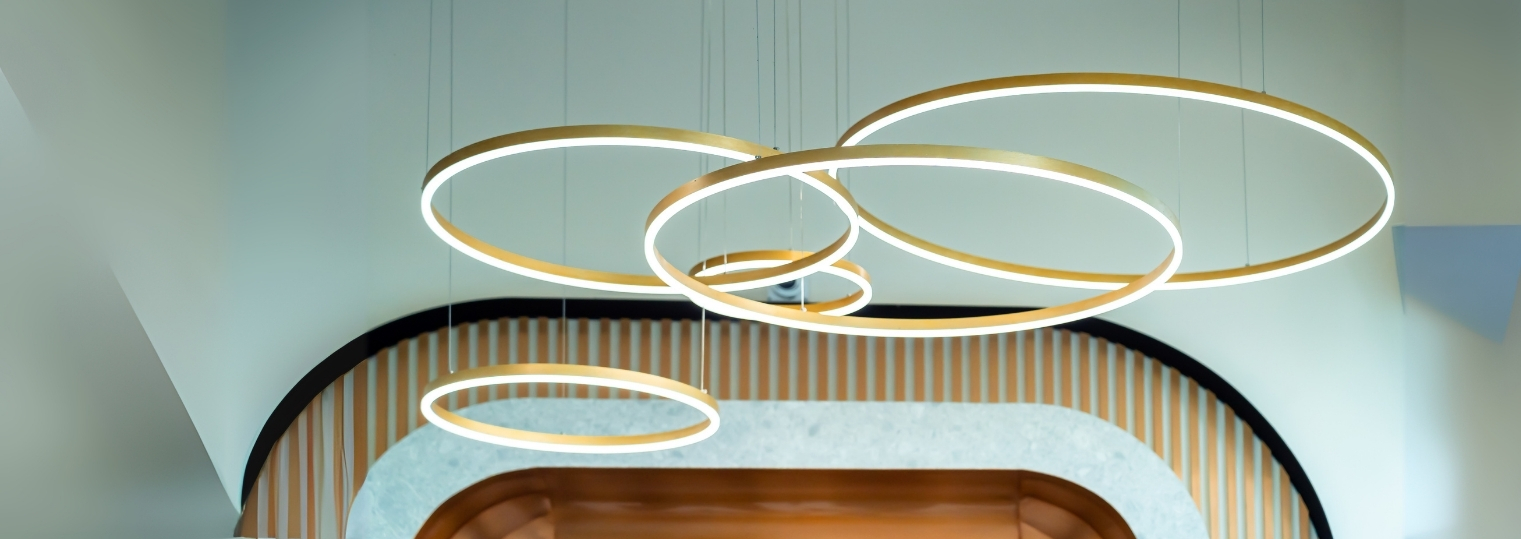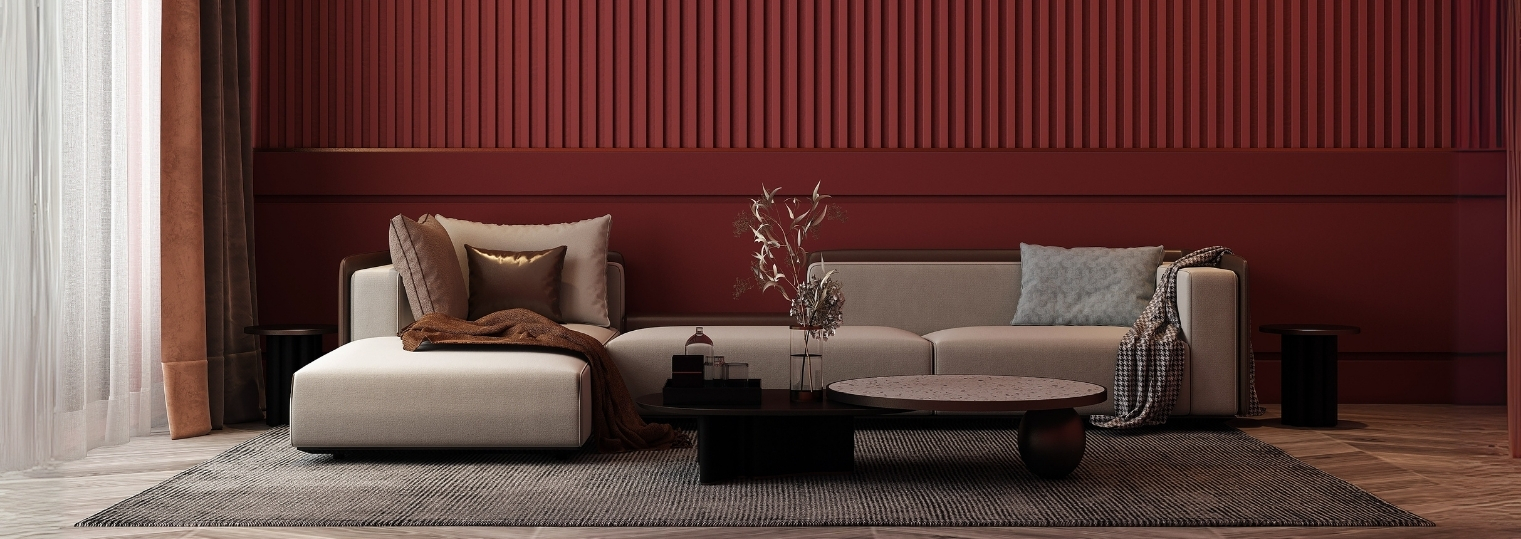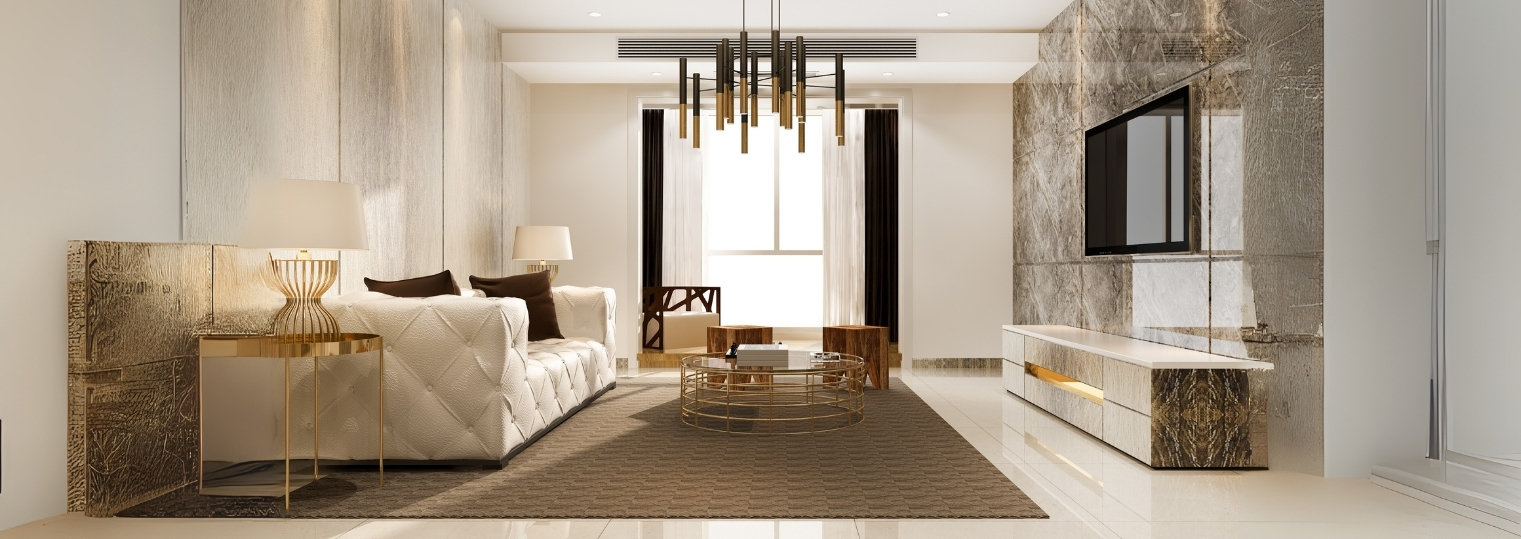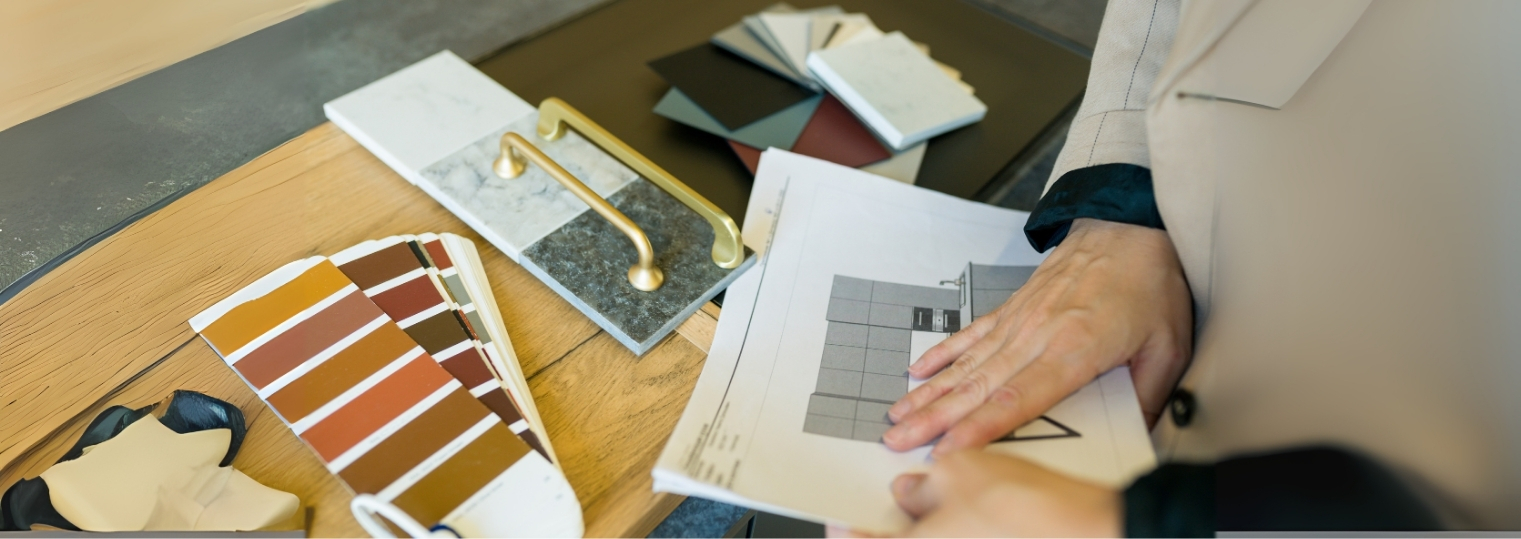Ageing is a natural part of life, and as our loved ones grow older, their needs change. Ensuring their safety, comfort, and well-being becomes a top priority, and their living spaces play a pivotal role in this journey. “Ageing in Place: Interior Design Solutions for Seniors” is a comprehensive exploration of how thoughtful interior design can make a profound difference in the lives of seniors looking to remain in their own homes.
In this blog, we’ll dive deep into the significance of interior design solutions tailored for seniors, the vital role of technology, and specific areas of the home that can be transformed to promote safety and independence. Join us on this insightful journey to discover how interior design can empower seniors to age gracefully while preserving their cherished sense of home.
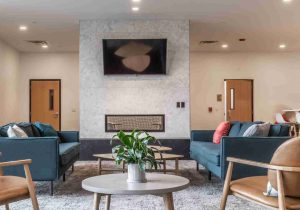
As our loved one’s age, ensuring their comfort, safety, and well-being becomes a top priority. The importance of interior design solutions for seniors cannot be overstated. In this first section, we’ll delve into why these solutions are so crucial. We’ll discuss the challenges seniors face when it comes to their living spaces, including mobility issues, changing needs, and the desire to maintain independence.
We’ll introduce the concept of “ageing in place” and how interior design plays a pivotal role in achieving this goal. The right interior design can positively impact the lives of seniors, promoting physical and emotional well-being, and helping them maintain a sense of dignity and self-sufficiency.
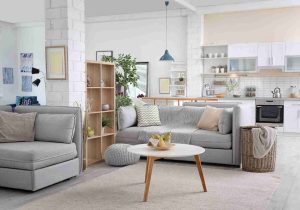
Interior design is more than just aesthetics; it’s about functionality, safety, and quality of life. In this section, we’ll explore the specific ways in which interior design can enhance the lives of seniors looking to age in place. We’ll discuss how thoughtful interior design solutions can improve accessibility, promote safety, and create a comfortable and aesthetically pleasing environment.
By focusing on seniors’ unique requirements, we can address issues such as limited mobility, vision impairments, and cognitive changes. Highlighting the importance of adapting living spaces to meet the evolving needs of seniors, we’ll emphasise how interior design can be a powerful tool in achieving these objectives.
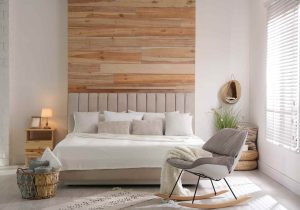
Now, we’ll get into the nitty-gritty of making homes more senior-friendly. We’ll discuss practical interior design solutions that cater to the unique requirements of seniors. Topics covered will include the use of non-slip flooring to prevent accidents, adjustable furniture to accommodate changing needs, adequate lighting to assist with vision issues, and home automation systems to help with daily tasks.
We’ll also introduce the concept of universal design, emphasising its importance in creating spaces that accommodate seniors without compromising style. Creating a safe, functional, and beautiful living environment is at the heart of interior design for seniors.
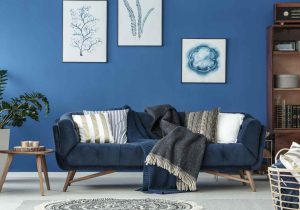
In this section, we’ll take a closer look at how technology and interior design intersect to create smart, age-friendly homes. We’ll explore how features like voice-activated systems, remote monitoring, and sensor-based security can greatly enhance the quality of life for seniors. These technologies can provide seniors with greater independence and peace of mind.
Bonito Designs have been at the forefront of integrating technology with interior design to cater to the specific needs of seniors. By seamlessly incorporating these innovations into the design of living spaces, we can empower seniors to live comfortably and securely while retaining their sense of autonomy.
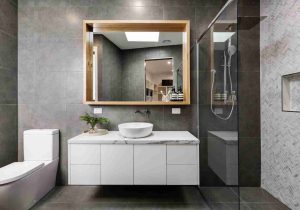
The bathroom can be one of the most challenging areas for seniors due to its slip hazards and limited mobility. In this section, we’ll explore how interior design can transform a bathroom into an accessible oasis. We’ll discuss features like walk-in showers with grab bars, raised toilet seats, non-slip flooring, and adjustable vanities.
These modifications not only enhance safety but also add a touch of luxury, turning the bathroom into a serene retreat for seniors. A well-designed accessible bathroom can significantly improve the quality of life for seniors and make daily routines much more manageable.
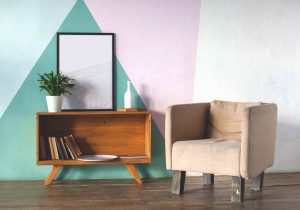
Colour and lighting play a pivotal role in interior design solutions for seniors. In this section, we’ll explore how the right colour palette and lighting choices can positively impact seniors’ well-being. We’ll discuss the importance of contrasting colours to aid visibility and reduce the risk of falls, as well as the use of natural light to create a welcoming atmosphere.
We’ll also touch on lighting options like task lighting and motion-activated sensors to make daily activities easier. By understanding the nuances of colour and lighting, interior designers can create spaces that are not only beautiful but also functional and safe for seniors.
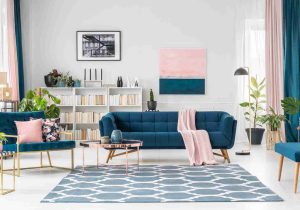
In the final section, we’ll highlight the importance of personalization in senior-friendly interior design. We’ll discuss how incorporating personal touches, cherished memories, and familiar elements can positively impact seniors’ emotional well-being. We’ll delve into the concept of creating spaces that promote a sense of identity and comfort.
This may include incorporating family photos, favourite colours, and treasured possessions into the design. By prioritising personalization, interior design solutions can help seniors feel more at home, connected to their past, and at ease in their living environment.
In conclusion, interior design solutions for seniors are not merely about aesthetics but about enhancing the quality of life and well-being of our loved ones as they age gracefully in their own homes. As we’ve explored in this comprehensive blog, these solutions play a vital role in ensuring that seniors can age in place comfortably, safely, and with a strong sense of independence.
We’ve emphasised the significance of adapting living spaces to cater to the unique needs of seniors, providing practical solutions such as non-slip flooring, adjustable furniture, and the integration of innovative technologies. The bathroom, often a challenging area for seniors, can be transformed into a safe and luxurious oasis through careful interior design.
Moreover, we’ve discovered how colour and lighting choices can make a world of difference in seniors’ well-being, making spaces not only functional but also visually appealing and inviting. Personalisation is another crucial element, fostering emotional well-being and a sense of identity for seniors in their living spaces.
It’s evident that interior design is a powerful tool that enables seniors to enjoy their homes to the fullest, even as they face the challenges of ageing. With the right interior design solutions, we can create spaces that are not only beautiful but also functional, safe, and deeply meaningful to the seniors who call them home.
By embracing these interior design concepts and considering the well-being of seniors, we can help our elderly loved ones age in place with dignity, comfort, and a sense of contentment. As the world of design continues to evolve, it is our hope that the principles discussed in this blog will empower families, caregivers, and interior designers to create living spaces that truly enrich the lives of our seniors, ensuring they thrive in their cherished homes for years to come.
